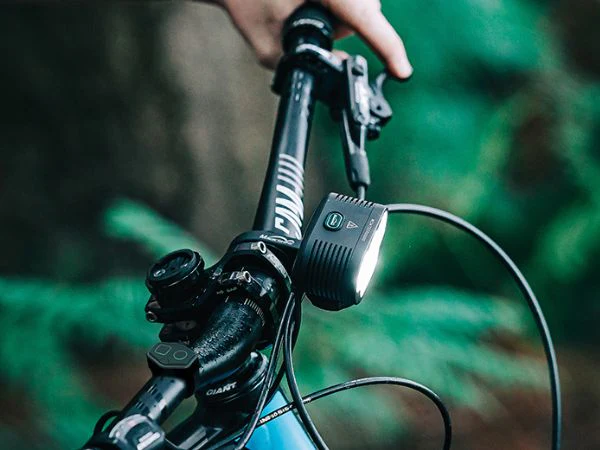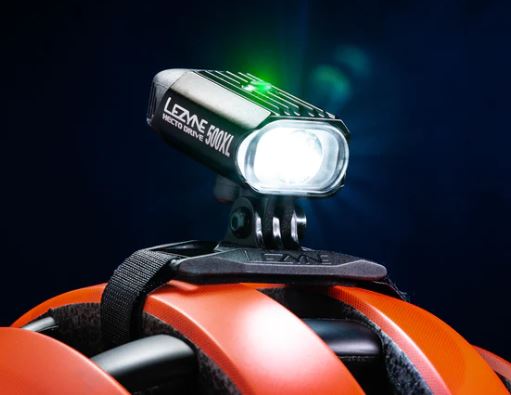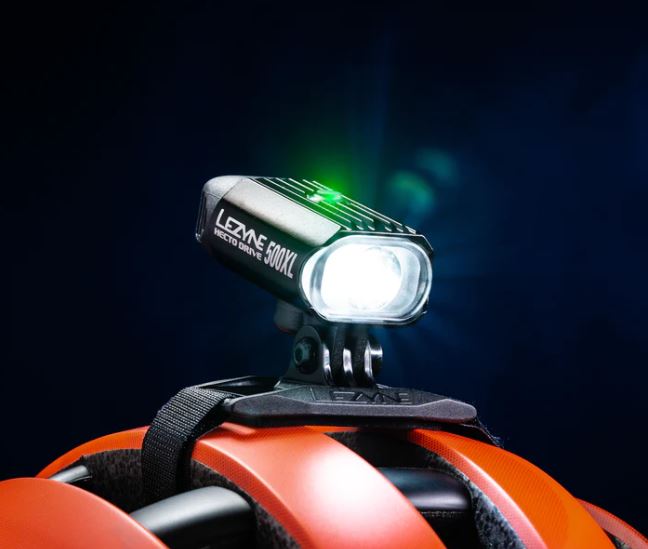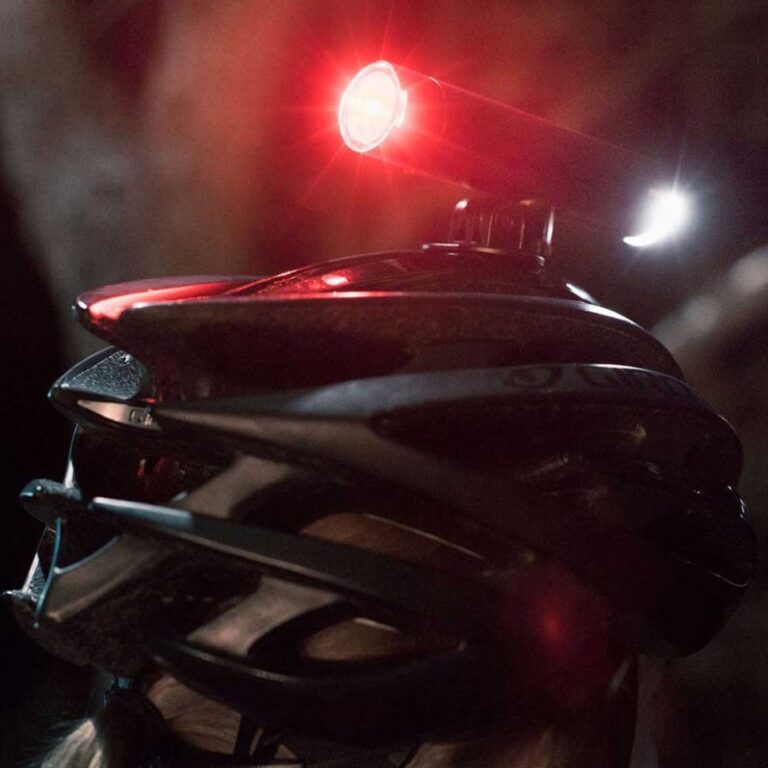Navigating the Illuminated Path: Bicycle Lights for Urban vs Rural Riding
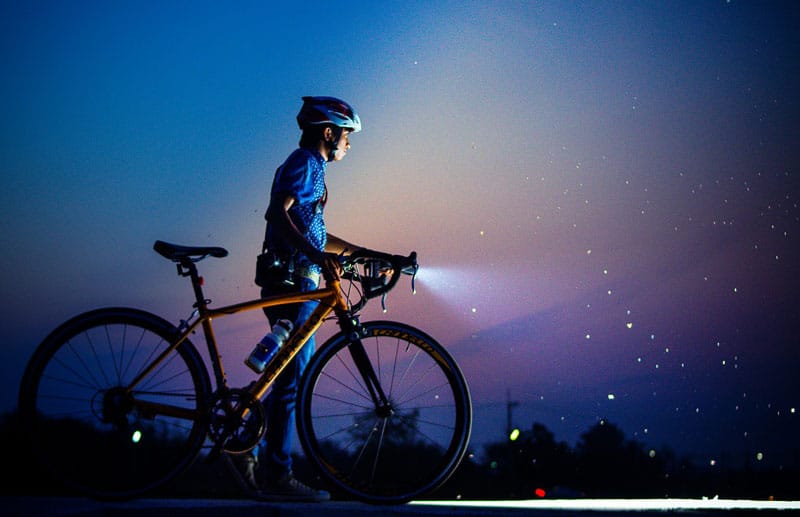
Key Point Summary of Bicycle Lights for Urban vs Rural Riding:
- Visibility and Safety: The primary function of bike lights is to make you visible to others and illuminate your path, crucial in both urban and rural settings.
- Urban Riding Considerations: In well-lit city environments, lights serve more to make cyclists visible to traffic than to illuminate the road.
- Rural Riding Needs: Rural rides often require more powerful lights to navigate poorly lit or unlit roads and trails.
- Choosing Bicycle Lights: Factors include brightness, beam pattern, battery life, and whether the lights are designed more for visibility or illumination.
Embarking on two-wheeled adventures from the bustling city streets to the serene rural landscapes has taught me the critical role that proper lighting plays in a cyclist’s journey. Whether you’re dodging traffic in an urban setting or navigating the unlit paths of the countryside, the right bicycle lights can not only enhance your visibility but also significantly increase your safety.
Drawing from years of pedaling across various terrains, including mountain trails, gravel roads, and cyclocross courses, I’ve come to appreciate the nuances of choosing the appropriate lighting for different environments. This guide aims to shed some light (pun intended) on selecting bike lights, focusing on urban versus rural settings, for cyclists with beginner to mid-level experience.
Urban Illumination: Lights in the City
Riding in urban areas comes with a unique set of challenges. Here, the primary concern isn’t so much about lighting up the road ahead—it’s about ensuring you’re seen by motorists, pedestrians, and other cyclists. Urban environments are typically well-lit by streetlights, but these same lights can drown out less powerful bike lights, making visibility a prime consideration.

For urban cycling, I recommend lights designed to catch the eye. Front lights with a flashing mode are particularly effective during the daytime, while steady, bright lights are essential at night. Rear lights should be bright and ideally have a flashing mode as well. It’s not just about having any light, but about having lights that can stand out in the urban light pollution.
Rural Riding: Lighting the Way
Venturing into rural areas, the lighting game changes. Here, your lights perform a dual role: ensuring you’re seen by the occasional car or fellow night rider and illuminating the path ahead. Rural rides lack the ambient lighting of cityscapes, meaning your lights need to be powerful enough to reveal the road or trail ahead, helping you avoid hazards like potholes, branches, or animals.
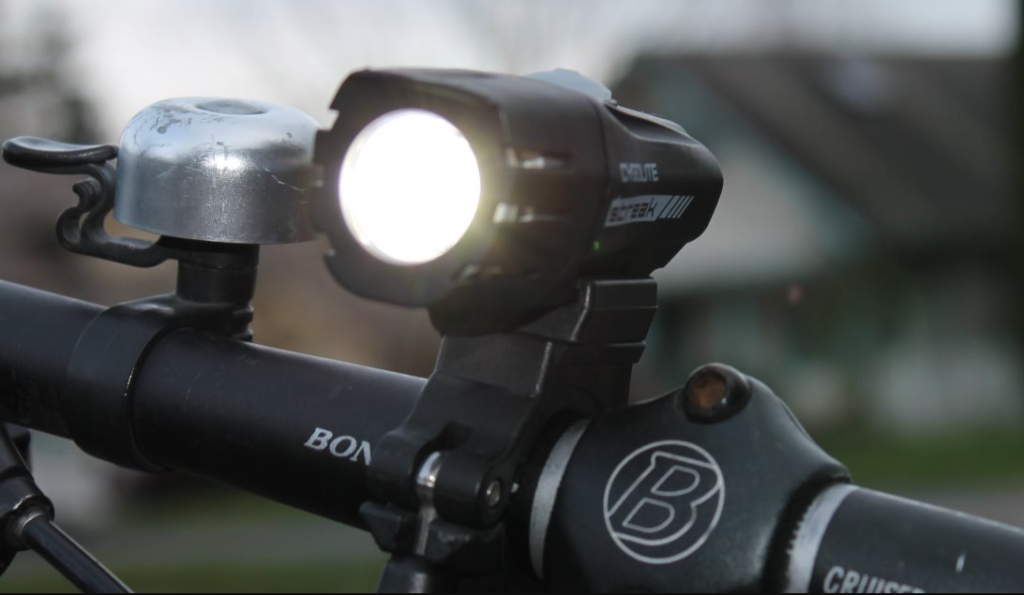
For rural settings, look for front lights with a high lumen count that can project a wide, consistent beam to light up the path in front of you. Battery life becomes a more significant consideration too, as rural rides can often take you far from a convenient charging point. Tail lights still need to be visible but can be less about flashiness and more about a steady presence that alerts any following vehicles to your location.
Choosing the Right Lights
When selecting bicycle lights, consider the following factors:
- Brightness: Measured in lumens, the brightness you need depends on where you ride. Urban cyclists can focus on visibility, while rural riders need higher lumens for path illumination.
- Beam Pattern: Urban lights benefit from a broader beam to catch attention from all angles, while rural lights should have a focused beam to illuminate the road ahead.
- Battery Life: Always check the battery life, especially if you plan long rural rides. Rechargeable batteries with USB charging are convenient and eco-friendly.
- Mounting Options: Consider how easily you can attach or remove the lights from your bike, especially if you need to take them off to prevent theft in urban areas.
Beyond the Beam: Extra Considerations
- Weather Resistance: Be it a city drizzle or a rural downpour, ensure your lights are weather-resistant.
- Daytime Running Lights: Both urban and rural cyclists can benefit from lights designed to be visible during the day.
Bicycle Lights for Urban vs Rural Riding: Final Illuminations
As my cycling adventures have taken me from crowded city commutes to the tranquility of the countryside, the importance of adapting my lighting to my environment has become abundantly clear. In urban areas, the focus is on being seen in a sea of competing lights, while rural rides demand powerful illumination to reveal the mysteries of the night.
By considering your primary riding environment, along with factors like brightness, beam pattern, and battery life, you can select bicycle lights that will not only enhance your visibility but also enrich your riding experience. The right lights not only illuminate your path but also ensure your journey is safe, regardless of where your adventures lead you.
Incorporating specific bike light recommendations can further guide cyclists in making informed choices for their urban and rural adventures. Based on the criteria discussed in the article, here are some of the best bike lights that stand out for their performance, reliability, and suitability for different environments:
Urban Riding Recommendations
Cygolite Metro Plus 800 USB: Ideal for city riding, the Cygolite Metro Plus offers a perfect balance of visibility and functionality. With 800 lumens, it’s bright enough to catch the attention of motorists and pedestrians but not so overpowering as to blind fellow commuters. Its enhanced flashing modes are designed to increase visibility during the day and night, while the USB rechargeable battery ensures you’re never left in the dark.

Lezyne Strip Drive Rear: Complementing your front light, the Lezyne Strip Drive Rear offers powerful visibility with its wide-angle beam and multiple flash modes, making you noticeable from different directions. It’s USB rechargeable, easy to mount on various bikes, and built to withstand the rigors of urban cycling.

Rural Riding Recommendations
Light & Motion Seca Comp 2000: For those venturing into less-lit rural paths, the Seca Comp 2000 shines bright with a 2000-lumen output, casting a wide, even beam that illuminates the road or trail ahead. Its durable design, long battery life, and waterproof construction make it a reliable companion for off-the-beaten-path adventures.

Garmin Varia RTL515: On the rear, the Garmin Varia RTL515 not only serves as a bright tail light but also includes a radar that alerts you to approaching vehicles from behind, up to 153 yards away. This feature is incredibly valuable in rural settings where vehicle speeds can be higher and less predictable. The light is visible in daylight up to a mile away and offers different modes and intensities to suit various conditions.

FAQ
What light should cyclist use?
Cyclists should use a bright front light and a visible rear light.
How many lumens do I need for road cycling?
For road cycling, you need a front light with at least 400 to 600 lumens for urban areas and 800 lumens or more for rural roads.
What are the rules for cycling lights?
The rules typically require a white light in the front and a red light in the rear, visible from a certain distance, with many places allowing flashing lights to increase visibility.
What lights should I use on my bike?
Use a steady or flashing white LED light for the front and a steady or flashing red light for the rear.
Safe travels on your illuminated path, fellow cyclists!
John

